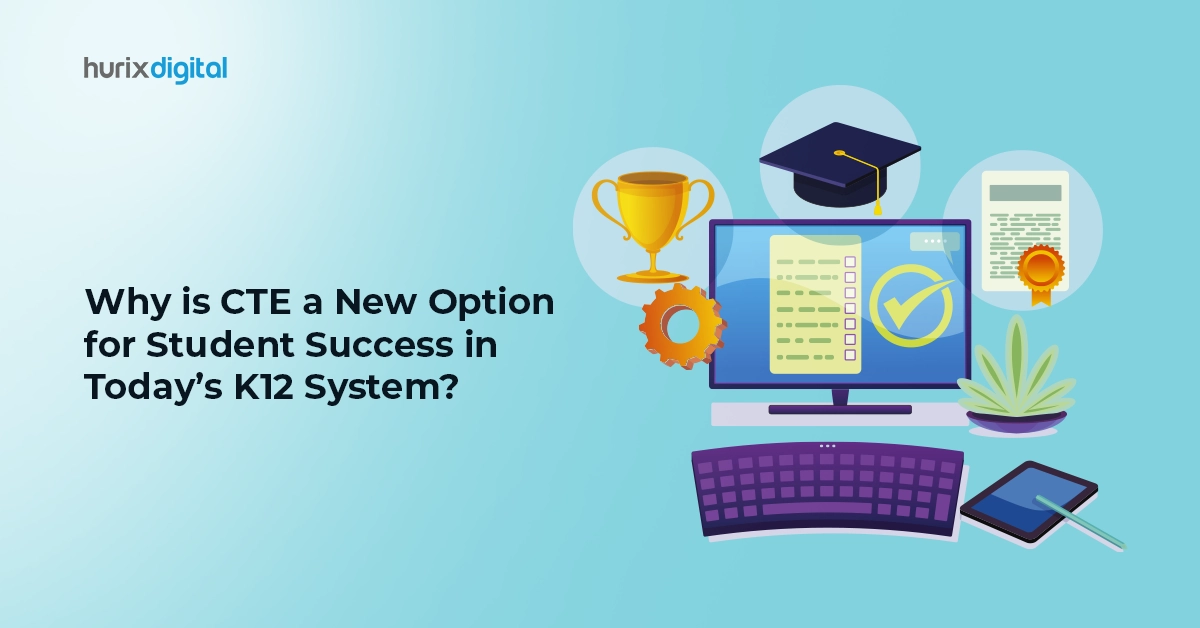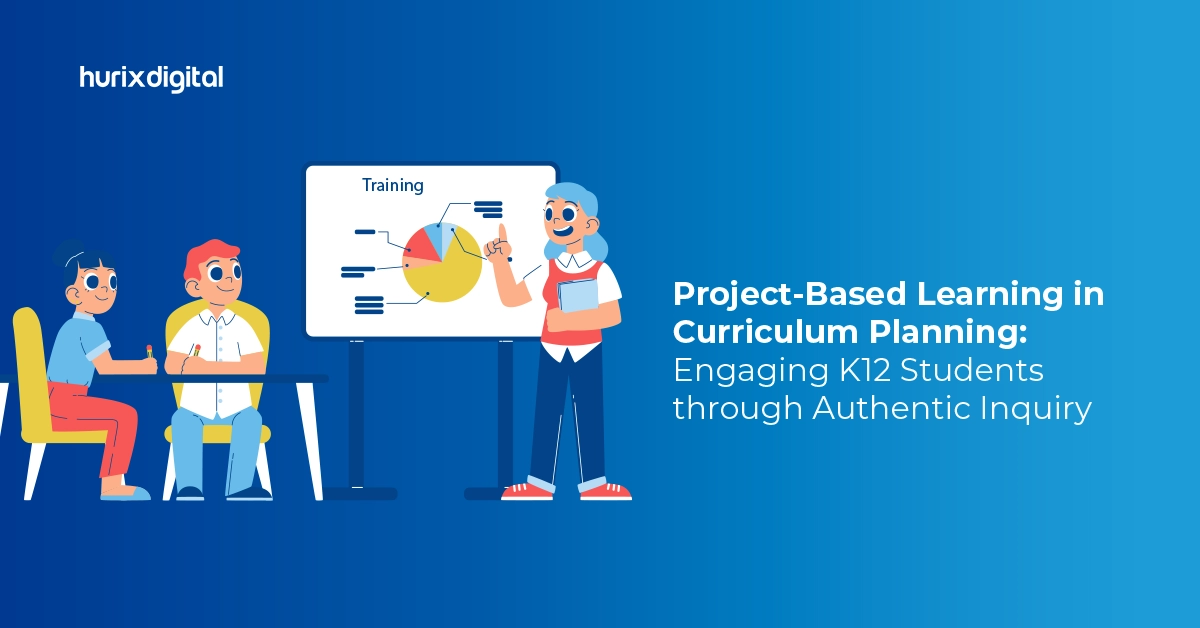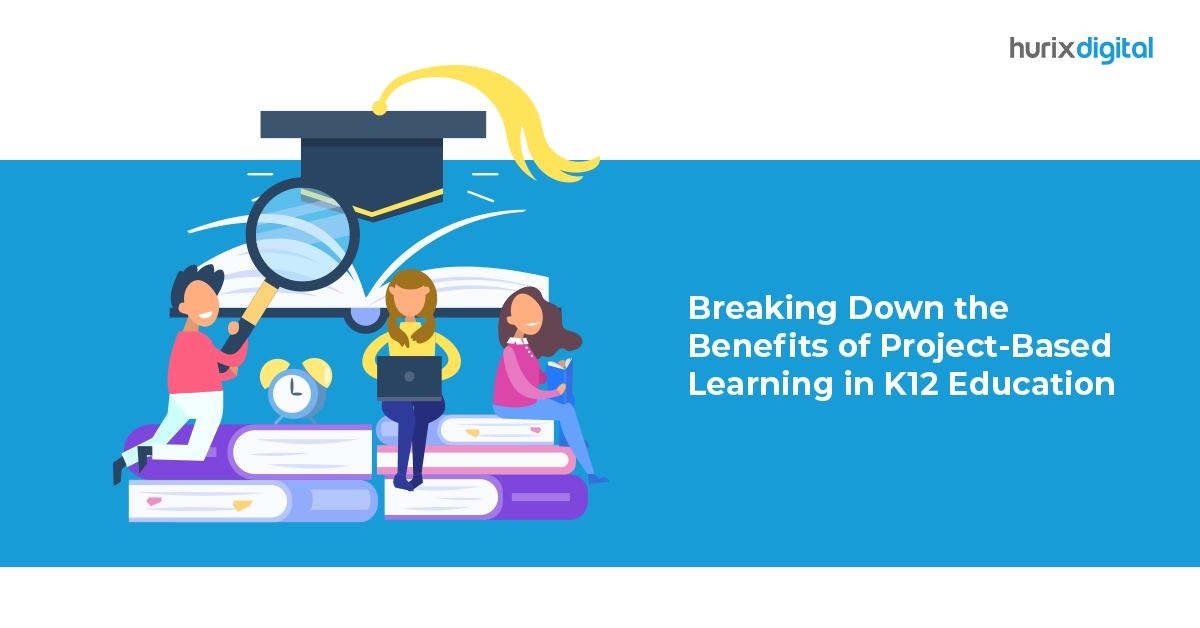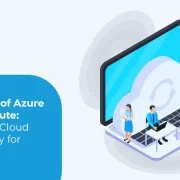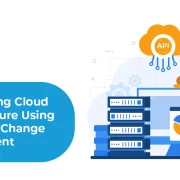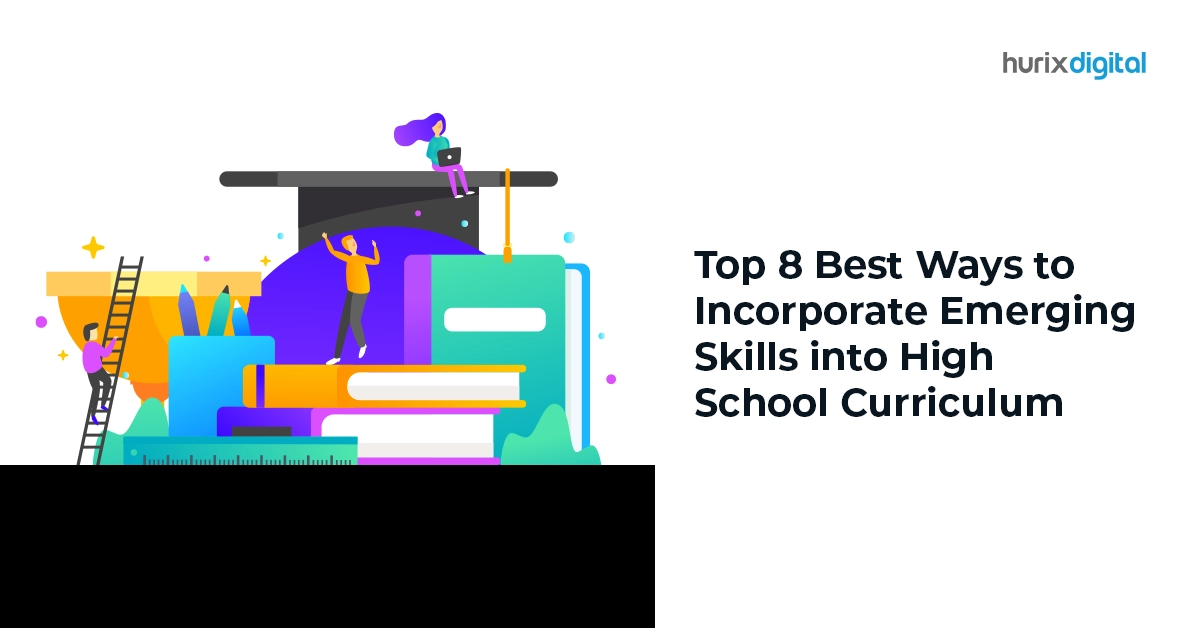
Top 8 Best Ways to Incorporate Emerging Skills into High School Curriculum
Summary
Learn effective methods for integrating emerging skills into high school curricula. This article provides practical tips for updating education to include in-demand skills for future success.
Today, high school education transcends mere academic performance. With the emergence of rapid technological advancements, globalization, and increasing social complexities, students require a broader skill set to thrive.
When it comes to integrating emerging skills into the high school curriculum, it’s essential to adopt effective and forward-thinking approaches. These strategies not only prepare students for future challenges but also equip them with the necessary tools to succeed in a dynamic world.
Read on to explore the top 8 innovative ways to incorporate emerging skills into the high school curriculum. Each method is designed to enhance students’ abilities and prepare them for the demands of the modern world. Let’s dive in!
Table of Contents:
8 Effective Ways to Include Emerging Skills in High School Curriculum
When it comes to integrating emerging skills into the high school curriculum, educators can adopt innovative methods that go beyond traditional academic learning. These methods are designed to prepare students for the demands of the modern world and equip them with essential skills for future success.
Here are eight effective ways to include emerging skills in the high school curriculum:
1. Engage in Project-Based Learning (PBL)
In project-based learning, students engage in real-life activities that require them to think creatively, collaborate, and solve problems using a hands-on approach. By integrating PBL across various subjects such as science, math, and social studies, students can learn important skills, including problem-solving, teamwork, and communication.
For instance, a physics class could involve designing and constructing a working model that exemplifies a scientific principle. In contrast, in history class, students might be assigned to produce multimedia presentations about significant historical events.
Also Read: Empowering Education: Building Born Accessible Learning Materials
2. Explore STEM Education
Science, Technology, Engineering, and Mathematics (STEM) education aims at merging these fields to develop innovative skills among the learners. At the high school level, STEM programs or courses should be introduced by different schools, which will give students a chance to venture into fields like robotics, coding, and engineering.
Experiential activities involving competitions, as well as industry collaborations, have been known to enhance understanding of STEM concepts and their ability to apply them in real-world scenarios.
3. Digital Literacy
Technology has become a very crucial aspect of success in almost all areas of today’s digital world. Schools need to prioritize teaching digital literacy, which includes programming, online research, data analysis, and security awareness.
Courses on coding languages like Python or even web development may give students confidence and creativity to navigate through the digital terrain. This will not only equip them with essential skills but also prepare them for future careers in technology-driven industries.
4. Focus on Developing Soft Skills
Employers and higher education institutions increasingly value the so-called soft skills or people’s skills.
High schools can integrate activities and workshops to enhance soft skills such as communication, teamwork, leadership, and adaptability, among others. Students can improve these skills by engaging in community service activities, participating in group discussions, or doing role plays.
Also, it’s important to note that developing soft skills is essential for students to succeed in collaborative work environments and build positive relationships with peers and colleagues. These skills are transferable across various career paths and contribute to overall personal and professional growth.
5. Prioritize Entrepreneurship Education
Through entrepreneurship education, students are encouraged to think innovatively and take risks only after evaluating their chances of success, thus pursuing what they love doing most.
Entrepreneurial programs in high school could be part of that plan, as they offer courses ranging from entrepreneurship principles, business planning, and marketing to financial literacy.
By allowing students to come up with their businesses and run them themselves, schools encourage innovation along with creativity and resilience as students learn that not every business idea works out well, but one should not give up easily.
6. Global Awareness and Cultural Competence
In the contemporary world, knowing different cultures and global challenges is a prerequisite for creating responsible global citizens.
High schools can include awareness of diverse backgrounds as part of their curriculum by using multicultural studies, language programs, international exchange programs, and service learning projects.
Schools have to promote such behaviors by exposing students to various perspectives and allowing them to develop empathy and appreciation for other cultures, making them foster this perspective on Global Citizenship and Social Responsibility.
7. Focus on Critical Thinking and Problem-Solving Skills
To negotiate complex problems, one needs critical thinking as well as problem-solving skills to arrive at informed decisions.
High schools should incorporate methods or activities that encourage students to analyze information critically and evaluate arguments. This way, students can develop the ability to think independently and make well-informed decisions.
Students can also be engaged in Socratic seminars, case studies, and project-based assessments that lead to a more inquiry-centered attitude among students. Together, these methods cultivate an inquiry-centered attitude and equip students with the tools needed to tackle multifaceted issues and make meaningful contributions to their communities.
8. Encourage Creative Expression and Innovation
Provide opportunities for creative expression and innovation across disciplines. Encourage students to explore their interests through art, design, music, and technology.
Foster a culture of innovation that celebrates experimentation and originality, preparing students to adapt to evolving industries and challenges.
Also Read: What are the Biggest Challenges of Online Education Today?
Final Words
It is important to include emerging skills in the high school curriculum to prepare students for future success. By adopting innovative teaching methods, leveraging technology, and prioritizing skills development, schools can empower students to thrive in an ever-changing world.
In addition, high schools have an essential role in preparing the next group of influential individuals who are not afraid of taking risks or thinking outside the box.
Whether you’re an educational institution looking to revolutionize your curriculum with interactive eLearning content or a corporate entity seeking to enhance employee training through innovative digital solutions, Hurix Digital has the expertise and resources to meet your needs.
From custom eLearning development and mobile learning apps to learning management system (LMS) implementation and virtual reality (VR) experiences, Hurix Digital offers comprehensive services tailored to your specific requirements.
To learn more about Hurix Digital’s innovative automation solutions, reach out to us now!

Senior Vice President – Business Development
Over 25 years of experience in the edtech and workforce learning industry with strong skills in Business Development, Customer Relationship Management (CRM) and Strategy.
